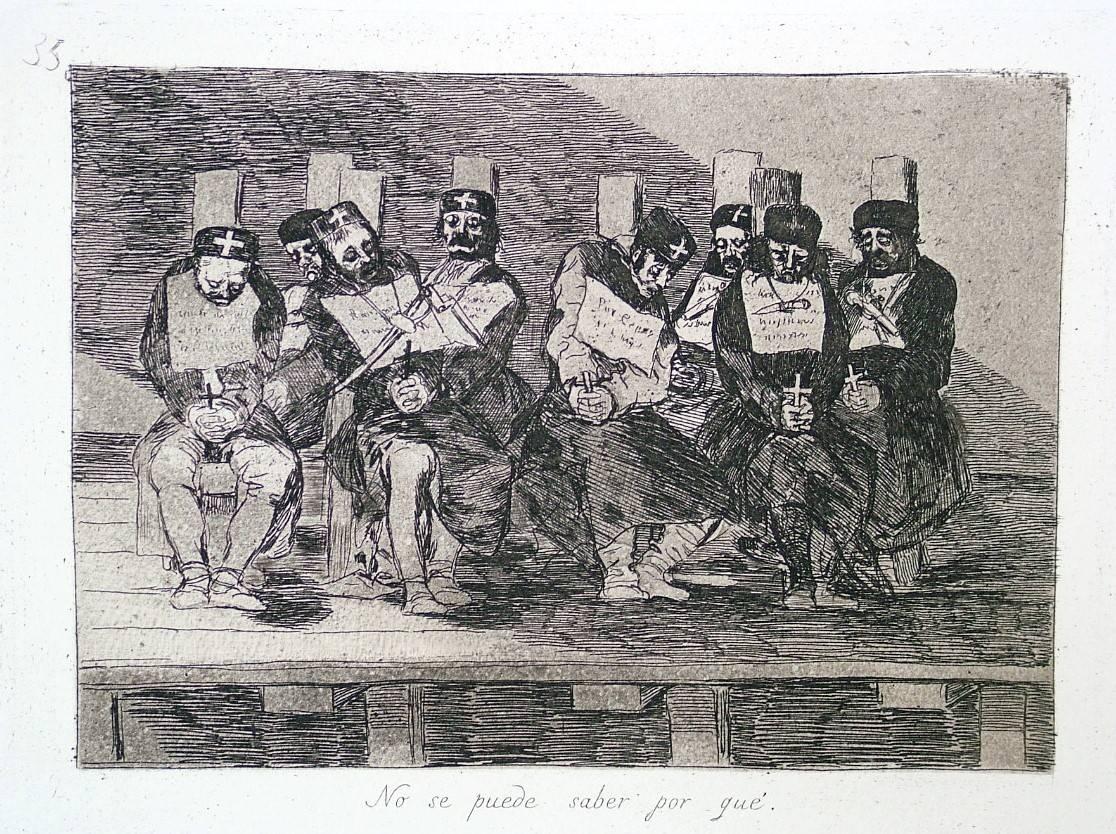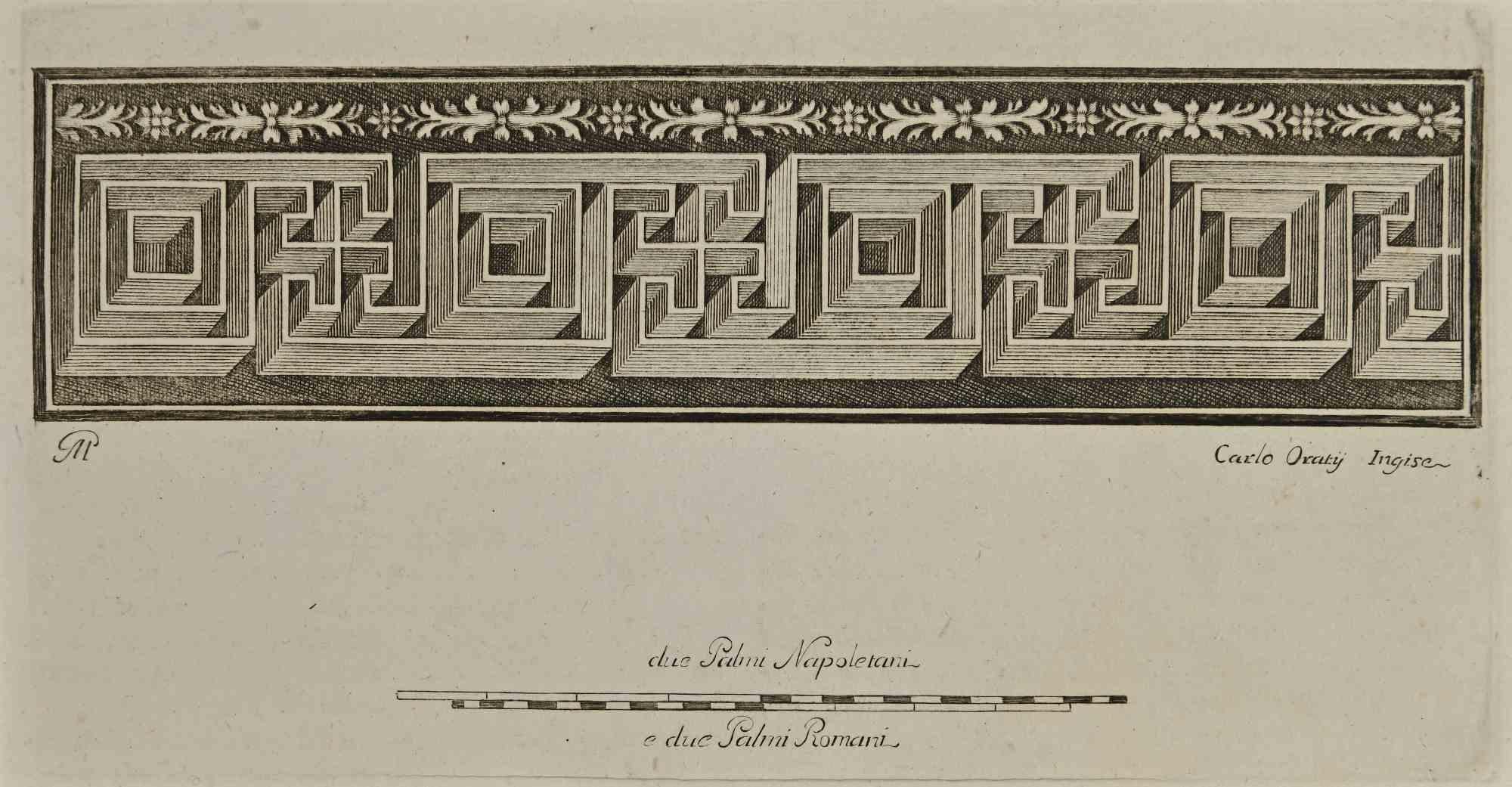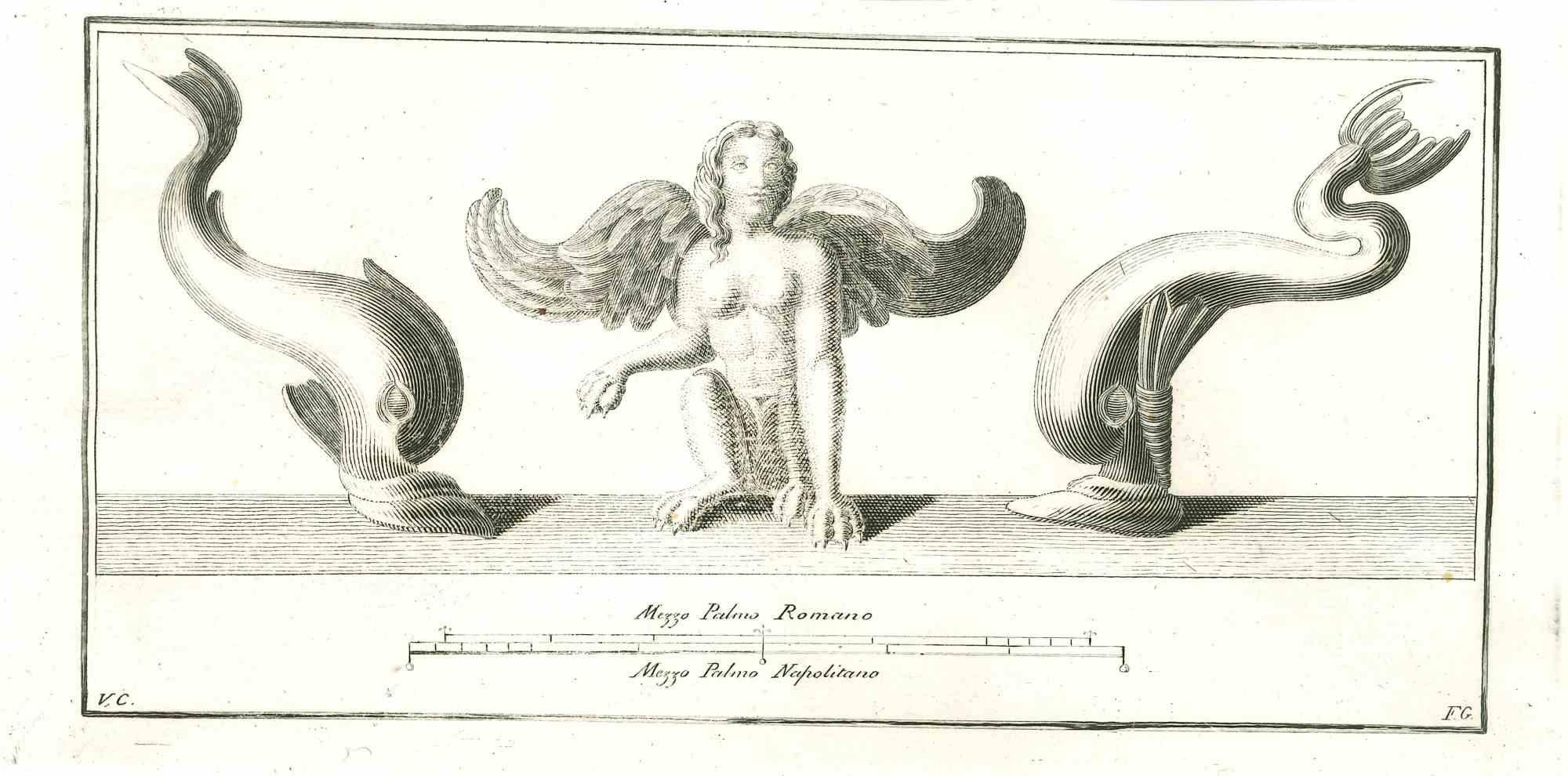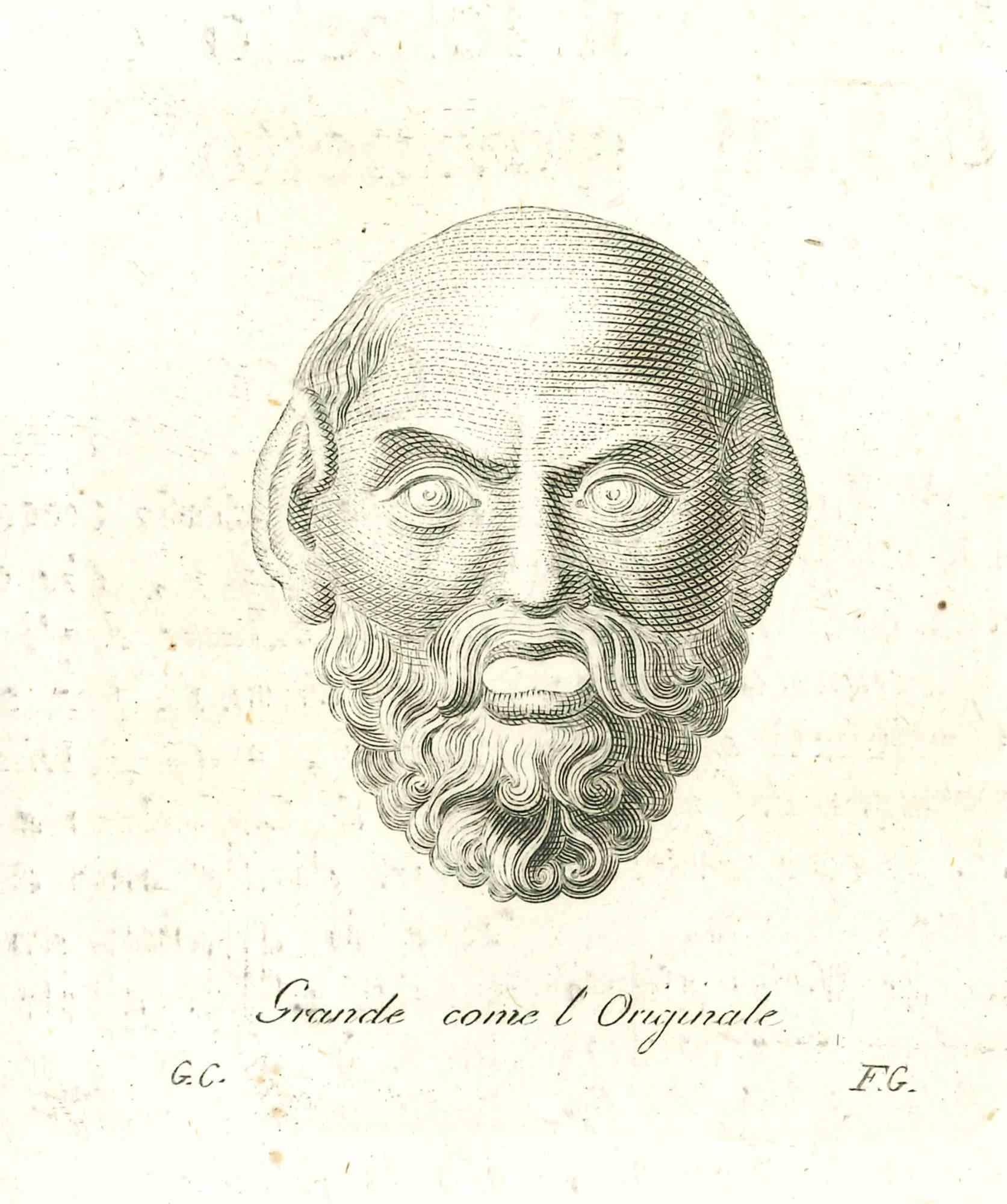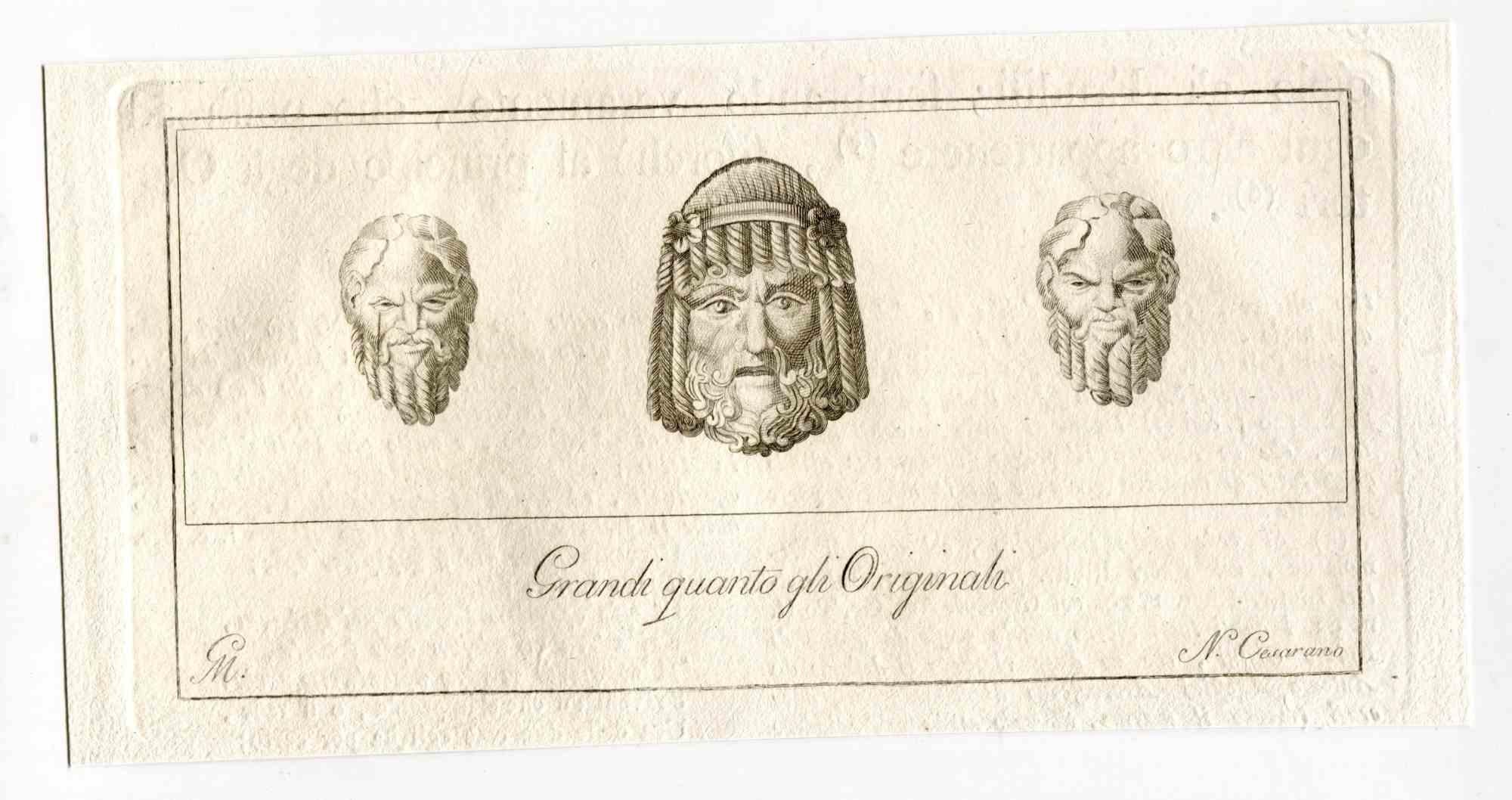Items Similar to Ponte S.Angelo - Vintage Offset Print after Giuseppe Vasi - Early 20th century
Want more images or videos?
Request additional images or videos from the seller
1 of 5
Ponte S.Angelo - Vintage Offset Print after Giuseppe Vasi - Early 20th centuryEarly 20th Century
Early 20th Century
About the Item
Ponte S.Angelo is a vintage offset realized after Giuseppe Vasi in the Early 20th Century.
Signed and titled on plate lower margin.
Good conditions.
Giuseppe Vasi (Corleone,1710 - Rome, 1782) was an engraver, architect, and landscape artist. Between 1746 and 1761, Vasi published 10 volumes with 240 engravings of the monuments of Rome. Among his students, there was Giovanni Battista Piranesi. Vasi's goal was to represent the Rome of his time. Vasi studied architecture as well so that he was able to represent the monuments of Rome with precision and in much detail.
- Creation Year:Early 20th Century
- Dimensions:Height: 13 in (33 cm)Width: 17.72 in (45 cm)Depth: 0.08 in (2 mm)
- Medium:
- Movement & Style:
- After:Giuseppe Vasi (1710 - 1782, Italian)
- Period:
- Framing:Framing Options Available
- Condition:Insurance may be requested by customers as additional service, contact us for more information.
- Gallery Location:Roma, IT
- Reference Number:
About the Seller
4.9
Platinum Seller
These expertly vetted sellers are 1stDibs' most experienced sellers and are rated highest by our customers.
1stDibs seller since 2017
6,770 sales on 1stDibs
Typical response time: 3 hours
- ShippingRetrieving quote...Ships From: Monaco, Monaco
- Return PolicyA return for this item may be initiated within 14 days of delivery.
More From This SellerView All
- Genesis 1 - Old Testament Story - Etching by Giovanni Lanfranco - 1607Located in Roma, ITGenesis 1 -Old Testament Story is an Etching print realized by the artist Giovanni Lanfranco. About The Old Testament Story, 1607 ca. Passpartout ...Category
Early 1600s Old Masters Figurative Prints
MaterialsEtching
- Ancient Roman Fresco Herculaneum - Etching by Carlo Oratij - 18th CenturyLocated in Roma, ITAncient Roman Fresco from the series "Antiquities of Herculaneum", is an etching on paper realized by Carlo Oratij in the 18th Century. Signed on the plate. Good conditions. The e...Category
Late 18th Century Old Masters Figurative Prints
MaterialsEtching
- Antiquities of Herculaneum Exposed- Original Etching - 18th CenturyLocated in Roma, ITAntiquities of Herculaneum Exposed, original etching from the end of the 18th century, made by Various Old Masters. Good condition...Category
Late 18th Century Old Masters Figurative Prints
MaterialsEtching
- Ancient Roman Relief - Original Etching - 18th CenturyLocated in Roma, ITAncient Roman Relief, from the series "Antiquities of Herculaneum", is an original etching on paper realized by an anonymous Artista in the 18th century. ...Category
Late 18th Century Old Masters Figurative Prints
MaterialsEtching
- Ancient Roman Fresco - Original Etching - 18th CenturyLocated in Roma, ITAncient Roman Fresco from the series "Antiquities of Herculaneum", is an original etching on paper realized by an anonymous in the 18th Century. Signed ...Category
18th Century Old Masters Figurative Prints
MaterialsEtching
- Ancient Roman Statue - Original Etching by Vincenzo Campana - 18th CenturyBy Vincenzo CampanaLocated in Roma, ITAncient Roman Statue, from the series "Antiquities of Herculaneum", is an original etching on paper realized by Vincenzo Campana in the 18th Century. Signed on the plate on the low...Category
Late 18th Century Old Masters Figurative Prints
MaterialsEtching
You May Also Like
- One Can't Tell Why - Proof from the Disasters of WarBy Francisco GoyaLocated in New York, NYFrancisco José de Goya y Lucientes (1746 Fuendetodos – Bordeaux 1828), No se puede saber por qué – One can’t tell why ca. 1808–1814, etching, burnished aquatint, drypoint, an...Category
1810s Old Masters Figurative Prints
MaterialsDrypoint, Etching, Aquatint
- Two military studies, a preparatory red chalk drawing by Jean-Baptiste PaterBy Jean-Baptiste PaterLocated in PARIS, FRAs Florence Ingersoll-Smouse wrote in 1921 in her book devoted to Jean-Baptiste Pater, "a painter of the Fête galante, Pater is interesting both by his intimacy with Watteau, to whom many of his works are still attributed, and by his own value as an artist.” This sanguine, full of life and spontaneity, is typical of the preparatory studies made by the painter to be used later in the composition of his paintings. 1. Jean-Baptiste Pater, pupil and disciple of Antoine Watteau Antoine Pater, Jean-Baptiste's father, belonged to the petty bourgeoisie of Valenciennes where he worked as a merchant-sculptor. His brother Jacques was a local painter who was probably involved in his nephew's training. Born on December 29, 1695, Jean-Baptiste Pater was first trained with Jean-Baptiste Guider, a local painter whose death in 1711 was probably the reason for Jean-Baptiste’s departure alongside Watteau, who was visiting Valenciennes. Watteau's difficult character led to their separation in 1713. Back in Valenciennes, Jean-Baptiste Pater encountered difficulties with the powerful Corporation of Saint-Luke (to which he refused to belong) which forced him to return to Paris in 1718. He reconciled with Watteau shortly before his death (on July 18th 1721), inherited the commissions that Watteau had been unable to fulfil and completed some of his paintings. Pater was accepted by the Académie Royale in 1725 but did not produce his reception painting The soldier’s revels until three years later. Throughout his brief career (he died at the age of forty on July 25th 1736), he mainly had a clientele of amateurs and received only one royal commission, shortly before his death. 2. Description of the drawing and related artworks Pater had adopted his master Watteau's method of composition. His study drawings were carefully glued in a notebook and were used to animate his compositions. His paintings sometimes suffer from a somewhat artificial composition, since the figures seem to be pasted one next to the other. This point has also been made about Watteau’s. The theme of military scenes (which was at the time included in the genre of Fêtes galantes!) was one of Pater’s favourite subjects. Together with the Bathing Women...Category
1720s Old Masters Figurative Prints
MaterialsChalk
- After Giuseppe Cesari (Italian 1568-1640) St. George Slaying the DragonBy Giuseppe CesariLocated in Sydney, NSWArtist: After Giuseppe Cesari (Italian 1568-1640) Title: St. George Slaying the Dragon Medium: Giclée Fine Art Print on Ilford Galerie Textured Cotton ...Category
16th Century Old Masters Figurative Prints
MaterialsArchival Ink, Rag Paper
- Fabricius (Ponte Cestio) Bridge : Framed 18th C. Piranesi Architectural EtchingBy Giovanni Battista PiranesiLocated in Alamo, CAThis framed 18th century etching by Giovanni Battista Piranesi is entitled "Dimostransi nella Tav. presente la Pianta, ed Elevazione del Ponte, oggi detto Quattro Capi egli è antichissimo, e chiamavasi Fabrizio da L. Fabrizio Presid. delle Strade, che lo fabbrico' nel fine della Repubblica. "(The Plan and Elevation of the Bridge, today called Quattro Capi. The architect is very ancient, and was called Fabrizio da L. Fabrizio Presid. delle Strade, who built it at the end of the Republic). This is plate 18 in volume 4 of Piranesi's "Le antichita romane opera di Giambatista Piranesi architetto veneziano" (Roman antiquities by Giambatista Piranesi Venetian architect). It was published in Rome in 1756-1757. This etching depicts the plan and elevation of the bridge now called the Ponte dei Quattoro Capi or Ponte Cestio (Bridge of the Four Heads), which in antiquity was called the Bridge of Fabricius after L. Fabricius, the Superintendant of the Streets who built it at the end of the Republic, around 62 BC. It was also been known in the Middle Ages as ‘Ponte Giudeo’ (Bridge of the Jews). The bridge crossed from the left bank or northeast side of the Tiber River to Tiber Island...Category
1750s Old Masters Landscape Prints
MaterialsEtching
- Ancient Roman Marble Vase: 18th C. Piranesi Etching Vaso Cinerario di Gran MoleBy Giovanni Battista PiranesiLocated in Alamo, CA"Vaso Cinerario di Gran Mole. Le Teste dei Giovenchi mostrano di reggere it pesante Festone composto di Frutti Fiori Grans ed use. Il tuto Necefsario all Vita Umana. Il Restante degl...Category
1760s Old Masters Figurative Prints
MaterialsEtching
- Flora with her Nymphs, after Giulio RomanoLocated in New York, NYGIULIO BONASONE (1510-1576) AFTER GIULIO ROMANO (CIRCA1499-1546) Flora with her Nymphs engraving, circa1531-50, on laid paper, watermark Two crossed Arro...Category
16th Century Old Masters Figurative Prints
MaterialsEngraving
Recently Viewed
View AllMore Ways To Browse
Antique Vintage And Old
Architect Signed Prints
Antique Vintage Prints
Vintage Antique Prints
Angelo Vintage
Vintage Antique Art Prints
Rome Architecture Prints
Piranesi Engraving
Piranesi Architectural
After Giovanni Battista Piranesi
Dior Collector
New World Etching
Art Exhibition Poster Original
Poem Print
Matisse Henri
Museum Poster Signed
18th Century Etchings
Illustration Object
